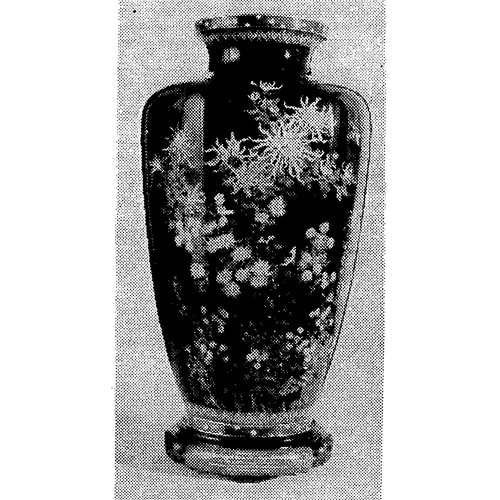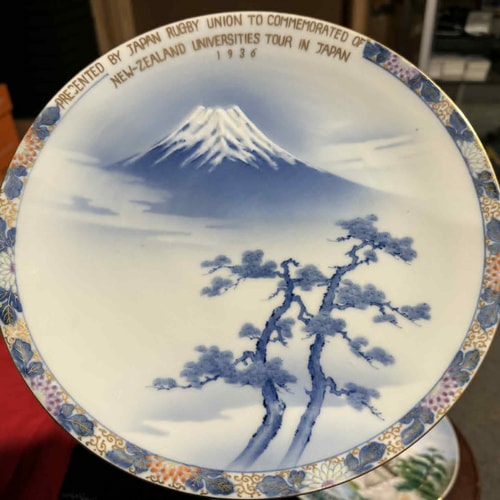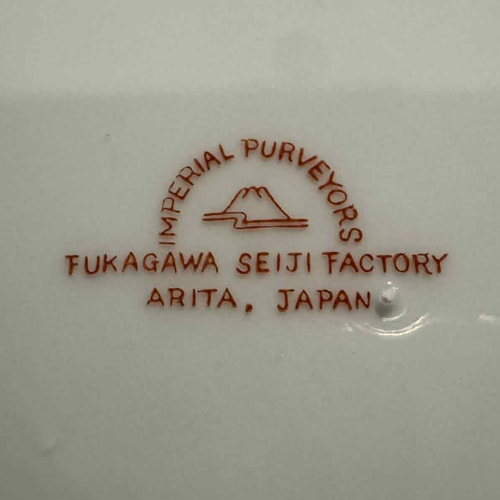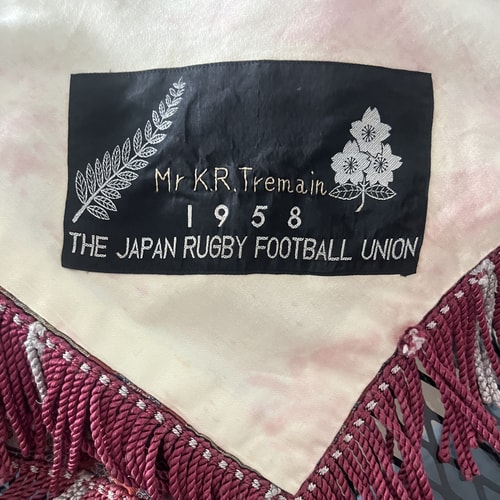Communicating via emails with a family member of one of the
touring party, I was so delighted to know that the tablecloth has
since been treasured and cherished by the family for nearly 70
years, which inspired me to think the craft is not just a souvenir
from Japan. To the family, it has been an irreplaceable,
one-of-a-kind memento, which evokes precious memories of the
beloved one, and it always keeps alive a pleasant sense of warmth
that makes the family's heart smile.
The JRFU will mark its 100th anniversary next year. Since its
foundation in 1926, Japan have grown to such an extent where,
albeit occasionally, they hold their own against the powerhouse
nations by which they have been heavily defeated in the past.
Behind the scenes of hard-fought battles that have been waged for
nearly a century, the Japanese crafts have long fostered and forged
rugby fraternity between the nations. At the same time these
mementos have been playing a part as a pleasant reminder of a happy
nostalgia and a strong [HS1] bond of the family.
Sources:
- BC Rugby News, March 26, 2024
- The Evening Post (New Zealand), March 4, 1937
- Otago University Rugby Newsletter 2018 (Issue Number:
Unknown)
Acknowledgements:
I should like to thank the following for information and images
about the Japanese crafts introduced in this article and for
helping me to understand them:
- H. Kato, Ando Cloisonne Co., Ltd.
- Yasushi Fukagawa and Naomi Yamasaki, FUKAGAWA-SEIJI CO.,
LTD.
- Carl Wilson
- Tremain family
About the Author - Hideki Shoji is a local
government official in Tsuruoka city. He is a collector of rugby
memorabilia and researcher on the history of Japanese rugby. He
plays wing/fullback at Harbor Blacks, a local club in Sakata
city.












